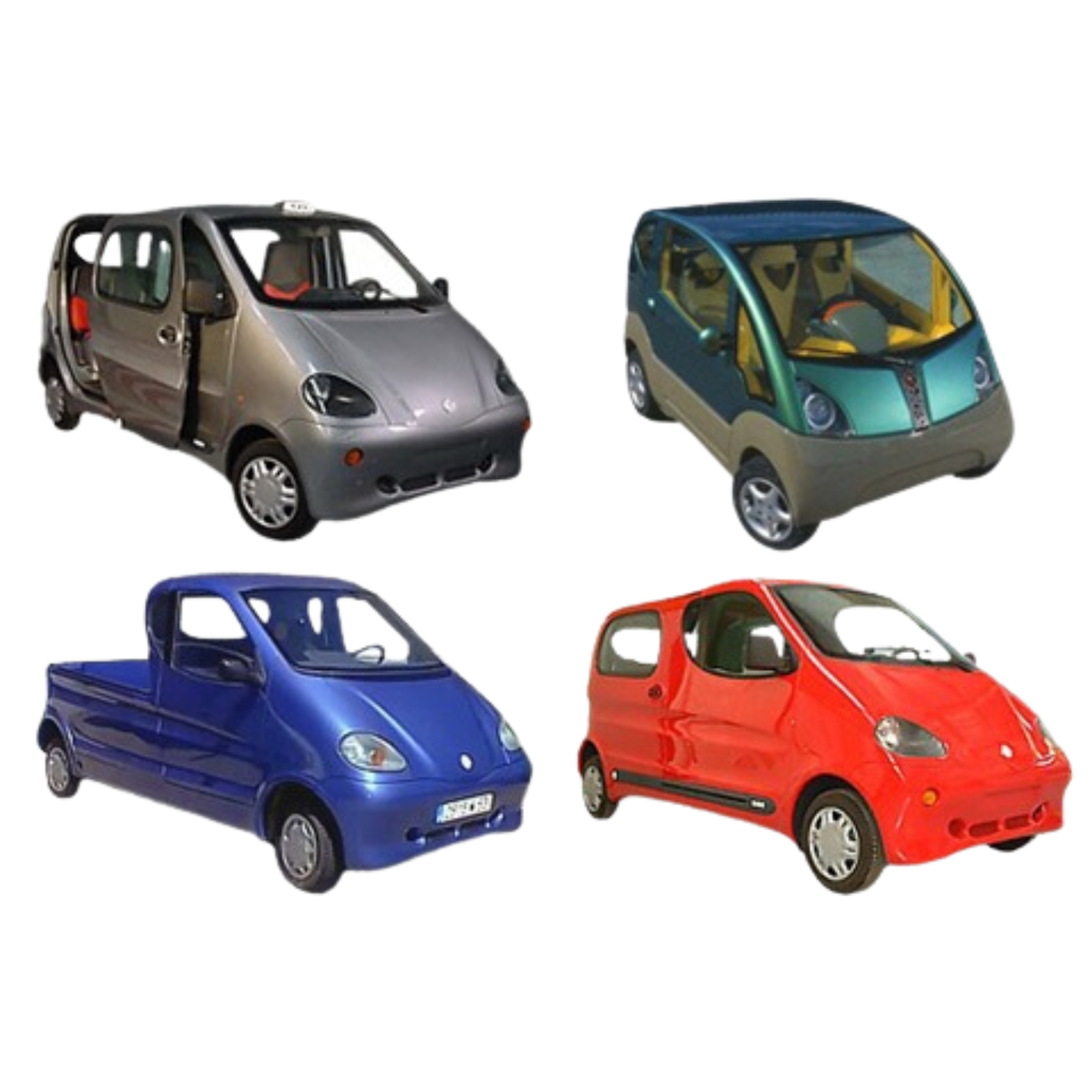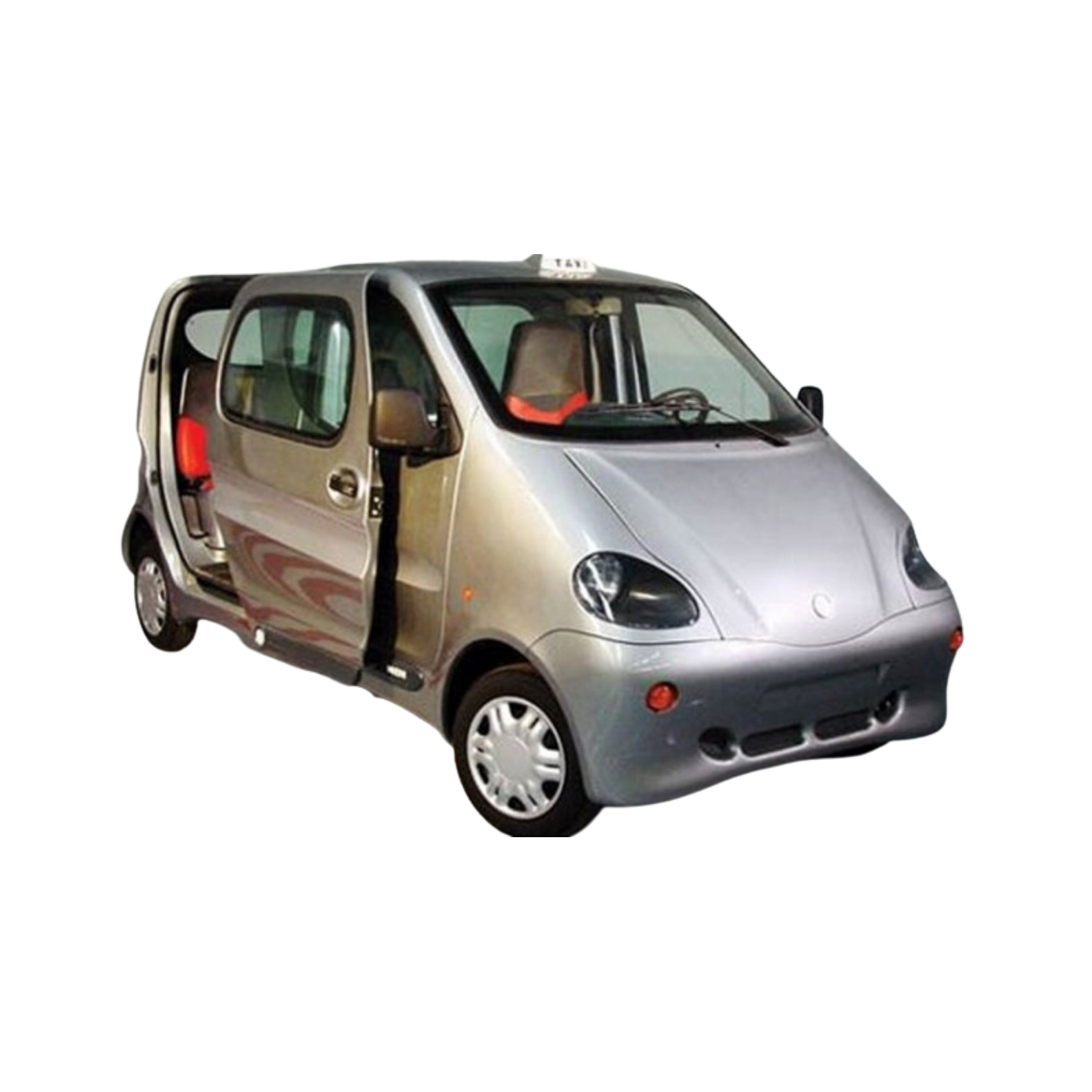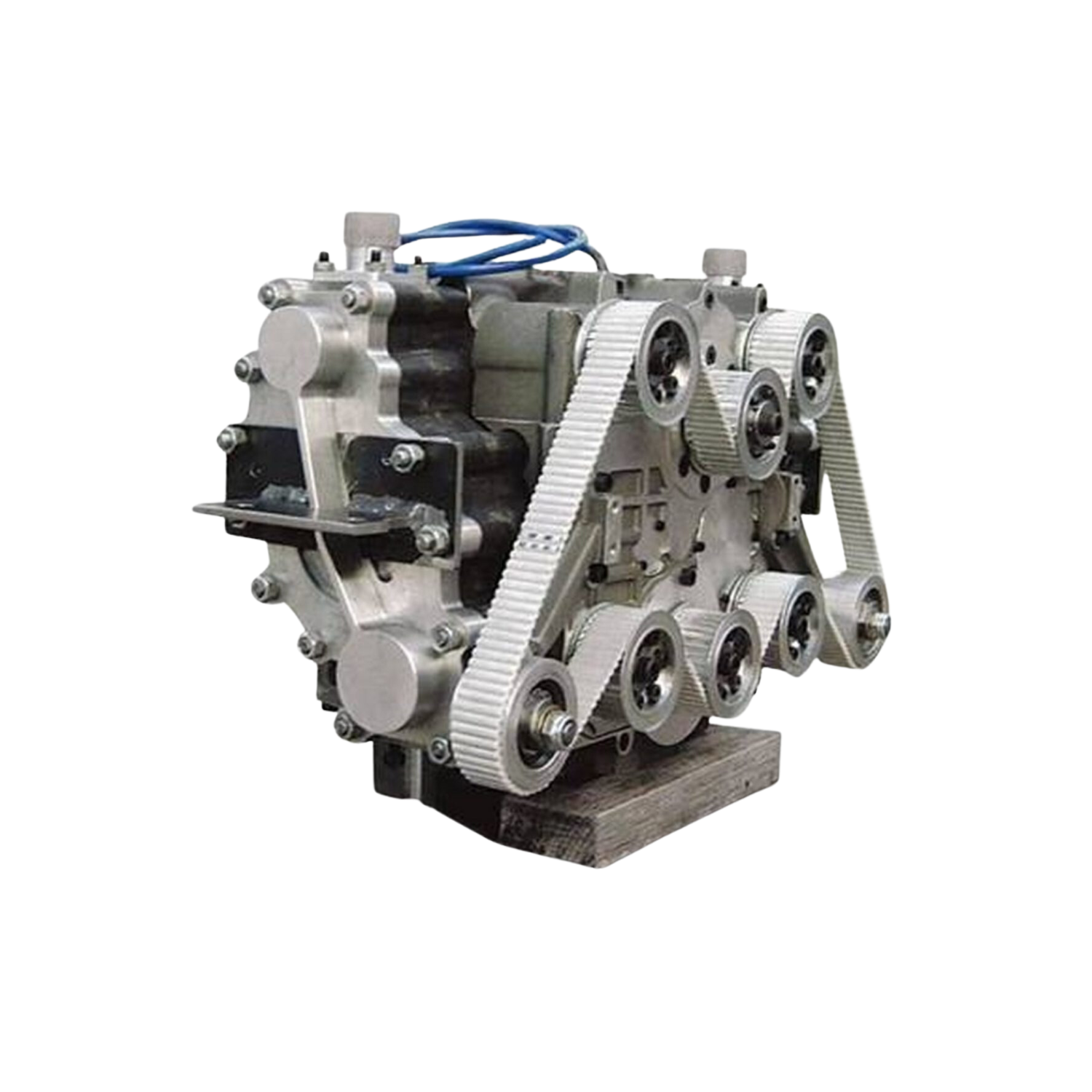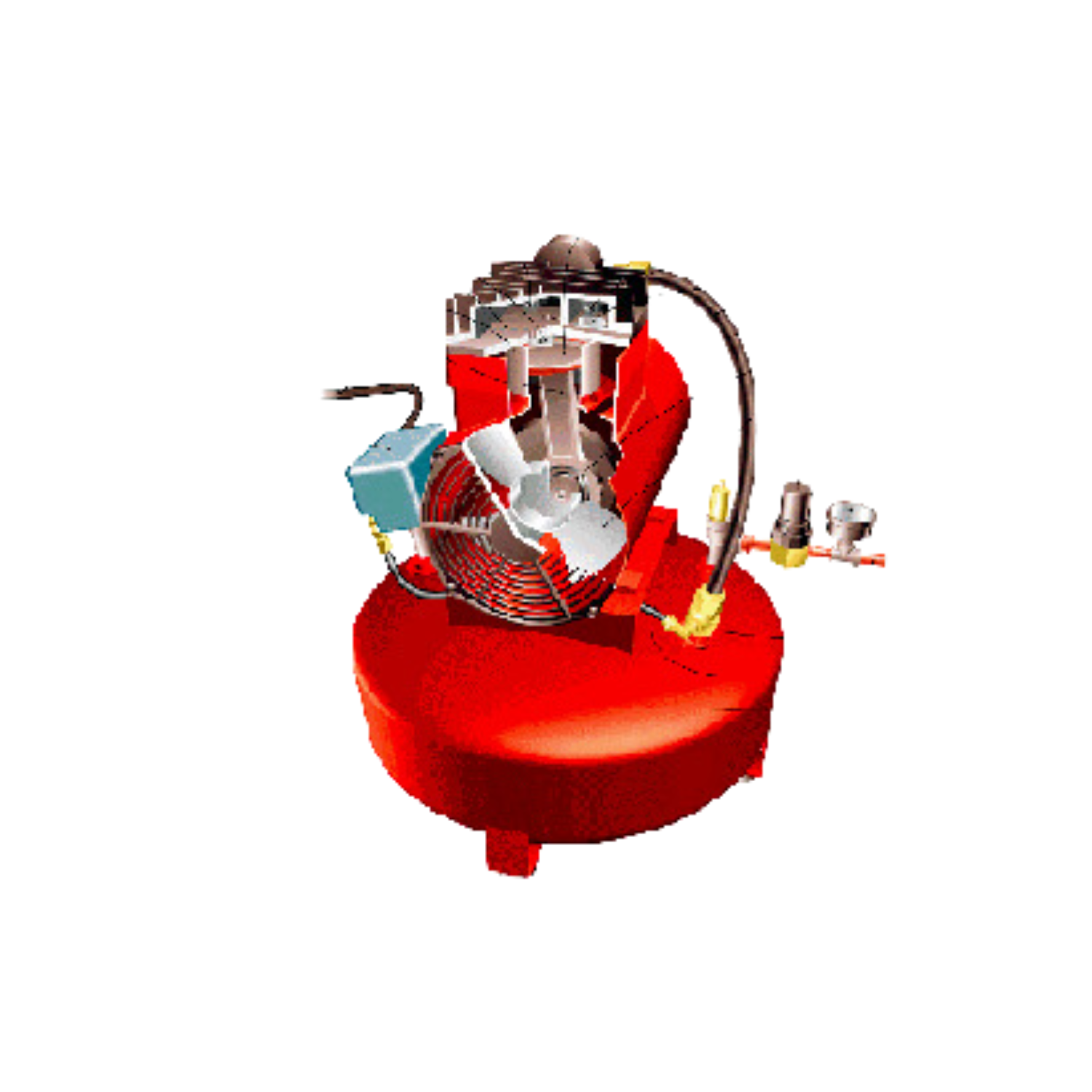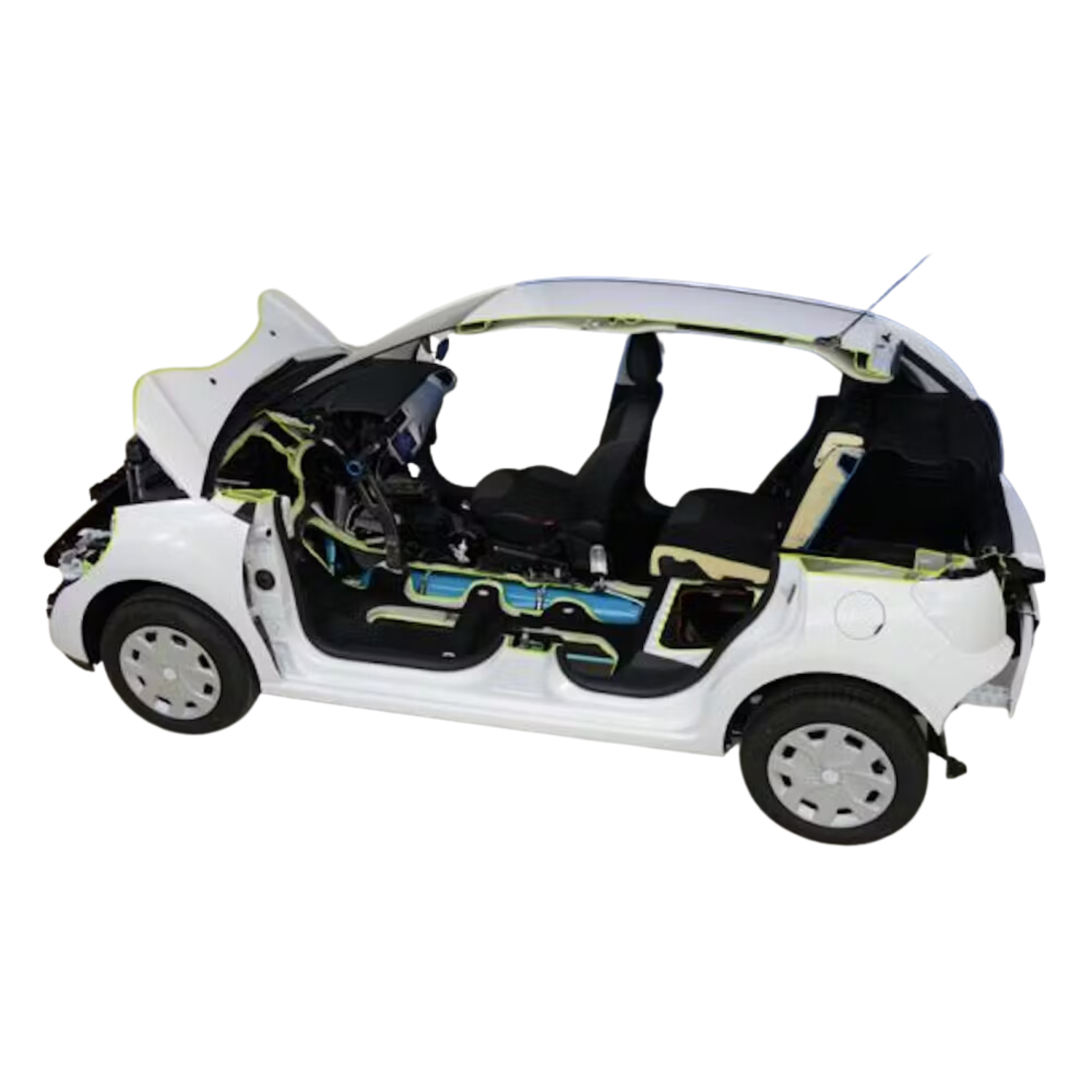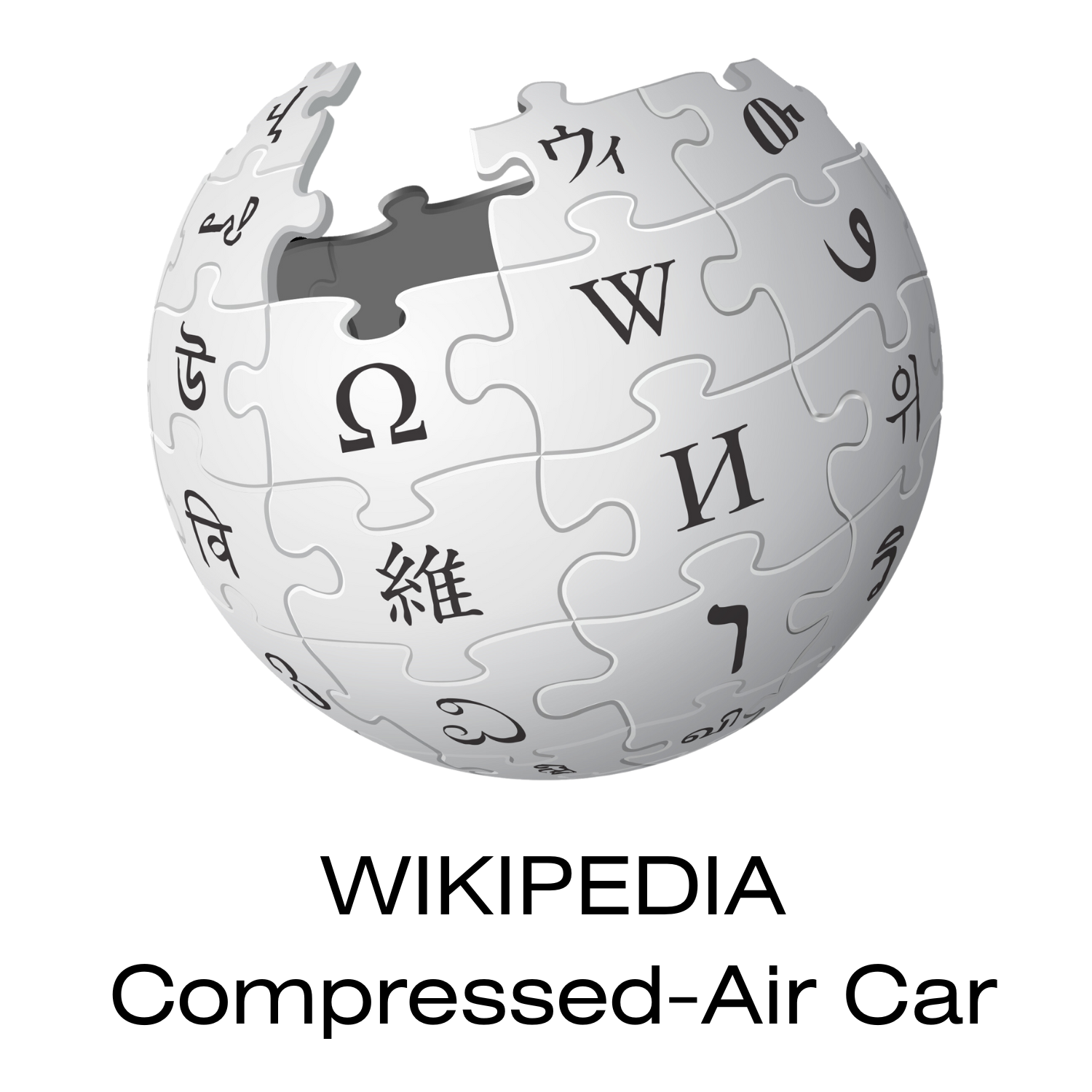High gas prices, concerns about air pollution, and other factors have caused a surge of interest in the concept of air-powered vehicles. We get a significant amount of inquiries regarding the use of air motors in car prototypes the use of air motors or the generation of electricity. In response, we have published this page to answer some of the questions.
Although air motors, as we know them in the industry today, have some outstanding advantages for use in tough applications, efficiency is not one of them. If you are familiar with airflow ratings in CFM (cubic feet per minute) then consider that a typical 1 hp air motor running at 1000 RPM consumes 30-35 CFM of air. The really bad news is that it takes a 7-10 hp air compressor running full time in the background to provide enough air at 100 psi to run this 1hp motor! This statistic shows that the air motor obviously does not "shine" in the efficiency department, but it does have other outstanding advantages. It has the ability to be stalled repeatedly without damage, the tendency to run cool under heavy loads, the ability to be instantly reversed without harm to the motor and it easily handles most wet, dusty, and explosive environments.
Similar to an electric car, the air-powered car would have some big pluses - like the fact that it would not use "fuel" when at a standstill ("idling") and that the pollution produced by the car during use would be very low.
So, our answer to the question "Could I use one of your air motors to power a car?" goes something like this:
Maybe.......although highly unlikely for the following reasons.
1) Most cars going down the road at freeway speeds are using quite a bit more horsepower than typical air motors will deliver. Even our largest radial-piston air motor will only put out 30 hp (and cost about $15,000). That might be enough power for a very small, light vehicle on the flat. But a more typical car, with passengers and luggage, given a headwind
and a grade to climb will probably end up obstructing traffic in the slow lane if it only has 30 hp.
2) Although air is both free and plentiful, it is still expensive to use as a power source. Remember that air, as used in a rotating air motor, is NOT a fuel. It is just a medium for storing energy. The energy is supplied by a compressor beforehand and "stored" in the compressed air until used. If you are concerned about things like "carbon footprint" then you have to consider how much energy was put into the air to compress it and where that energy (to run the compressor) came from -- often from a fossil fuel power plant.
3) Air motors use a LOT of air. Even a 15 hp air motor running at 100 PSI and turning 1500 RPM is using about 350 CFM of air! It would take a 75-horsepower compressor, or larger, to keep up with this air usage.
4) An additional problem when considering this much air usage in a mobile application is the size of the storage tanks needed. The tank requirement to store enough air to power a very light car for short commutes (say 15-30 miles) at city speeds with an "efficient" air motor is still very significant. The gentleman in France who was making some "waves" with his air-powered car is using three very high-tech tanks the length of his vehicle (underneath). He has to pressurize them to 4300 PSI to get even close to that kind of performance! (By the way, imagine what would happen in an accident if one of these tanks had its end sheared off! A three-inch diameter hole with even 3000 PSI escaping to the atmosphere is going to generate in the neighborhood of 20,000 pounds of thrust momentarily!! That would lend new meaning to the term "air-powered car"!)
And do not believe for one minute the common media hype that you could drive into any gas station and just "fill up" with their regular compressed air system. It takes a specialized compressor and safety system to utilize the high pressures needed for these cars. The motor itself may run on lower pressure but the storage has to be at very high pressure to get
reasonable travel range.
We are not implying, by listing these reasons, that air-powered cars will not hit the market in the near future. We are saying that they will most likely have success similar to that experienced by air motors in the industrial market over the past decades, namely that of excelling in certain limited applications and being totally inappropriate in most others.
If you are interested in air-powered vehicles let us recommend (if you haven't already done so) that you do an Internet search using the terms:
Engineer
Angelo Di Pietro
Cyril Nègre
Tata Motors air car
MDI air car
K’AirMobiles
air powered car
You should find articles and videos about a couple of the big players out there in the potential air car market. The Wikipedia article on "Compressed Air Cars" is interesting, especially the "Disadvantages" section. Keep in mind that media hype and marketing pressure (intended to raise development capital) both seriously muddle a great deal of the engineering information on many of these sites. You will frequently run into confusing statements and mis-leading information like the idea that "air is a free and plentiful source of energy". Air, as used in an air motor, is actually not an energy source at all but a medium for storing energy. The energy that makes that storage possible actually comes from
somewhere else.
Another thing to keep in mind when reading about "just-around-the-corner" air cars is that their developers often "cheat" to get the results they know they must have. In an attempt to get barely adequate range and acceptable performance, they will "strip" a car to extremes. They will make a car, for instance, with a high-tech body and chassis that is very lightweight but wouldn't begin to pass crash-worthiness testing. The truth is that a car powered by ANY engine will get better mileage with that little weight to lug around. Another example: Just ask an air car developer how much the propane tank, plumbing, controls, heat exchanger, and safety devices will weigh - the equipment needed to keep the passenger area warm in the winter! Also look for a stereo system, carpeting, roof liner, or other things on the long list of "every-car-must- have" items that the US market will insist on. You will not find most of them. Some of that comes from reducing cost while building a working prototype, but a lot of it comes from weight reduction tactics and/or minimizing energy drain on the car's power source.
The other "unknown" to keep in mind when reading these articles is the lack of published data about motor performance by inventors that currently imply that they have discovered the answer to the air motor's notorious inefficiency problem. (People looking for venture capital but not publishing verifiable data is always a little troubling.)
Here are a couple of articles you may enjoy, including an update on the India air car story and a Popular Mechanics article on the Air Car "myth".
Happy researching!
